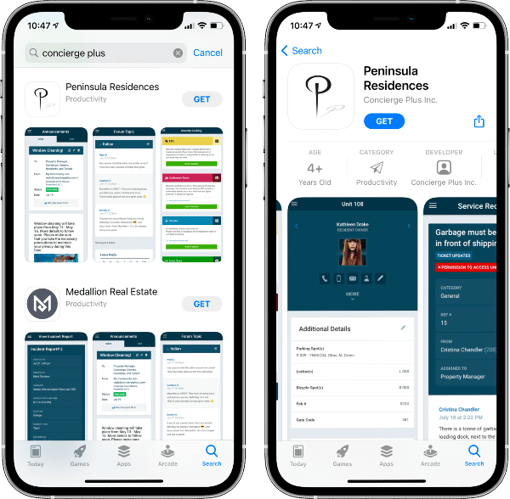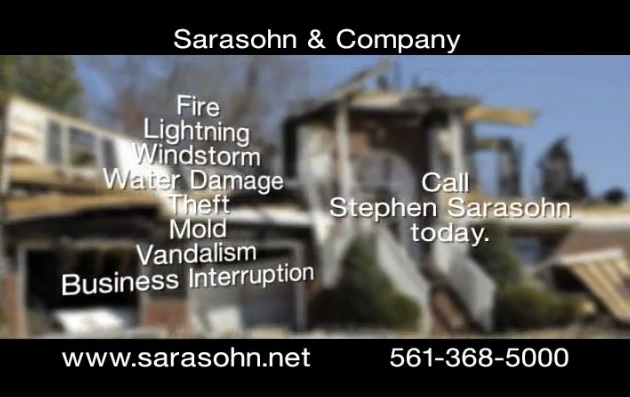How To Prepare Your Trees For Hurricane Season by Arborology Inc
Hurricanes can cause massive damage to trees and landscape. Trees often end up hitting homes, power lines and other important property. If you live in Florida or any other location that is prone to Hurricanes you need to take steps to prepare your trees.
The most important step is even before you have planted the first tree. You should select the right tree for the right location. You should always select trees that are wind tolerant and have good branch structure. Trees with good branch structure will have less overextended limbs, included bark and tree defects. Some trees handle decay from pruning better than others making species an important factor in the right tree. If your trees don’t have all the desired characteristics don’t worry you can still have the tree pruned by a Certified Arborist to remove or reduce the defects in the tree. So many people overreact and remove their trees out of fear of the unknown. This isn’t always necessary and is a waste of money.
You should always have a Certified Arborist inspect your trees on an annual basis. A Certified Arborist will be able to identify tree defects and make recommendations on corrective actions. Be sure the Certified Arborist you are working with has the TRAQ (Tree Risk Assessment Qualification) credential. Ask your Certified Arborist to provide you proof of his qualifications so you are sure your getting sound advice. Don’t be afraid to get a second opinion before you commit to having work done. We recommend you first work with a consulting Certified Arborist that doesn’t perform tree service work so they have no financial interest in the recommendations made to you.
So now were ready to prune. I know you have tons of questions and I’m here to help you answer them.
Should you thin your trees so the wind can flow through them? No this can lead to overextended limbs which can fail during wind events.
Should you top your trees? Absolutely not, this is one of the biggest mistakes tree owners make. Topping trees will lead to weak attachment points, heavier upper canopy growth and reduced tree vigor.
Should you have the dead, broken, cracked or overextended limbs pruned or removed? Yes you should. Overextended limbs are long and have most of the weight at the end. Cracked or broken limbs have a high likelihood of failing during wind events, Dead limbs can break off and impact important property.
Should I prune my palms so they will survive the hurricane apocalypse? No palms are adapt to wind storms and have zero benefits from hurricane pruning. You will want to have them inspected by a Certified Arborist so any defects can be pointed out to you.
What can you do to help your trees survive a windstorm event? Plant the correct tree for the location, Have a Certified Arborist inspect them annually, prune only when you have a valid reason to prune them, provide fertilization when necessary and most of all don’t fall victim to fear or bad information.
If you are in need of a Certified Arborist to inspect your trees or help you determine what the best course of action is for your trees please contact our Certified Arborist at http://www.arborologyinc.com. We will be glad to meet you and empower you on managing your trees.

Ronnie Simpson
Board Certified Master Arborist
Arboriology Inc
http://www.arborologyinc.com







 Utilizing Alum to Restore Water Quality
Utilizing Alum to Restore Water Quality Perform Water Quality Tests
Perform Water Quality Tests
 Alternative Nutrient Remediation Solutions
Alternative Nutrient Remediation Solutions Determining The Best Solution for Your Lake or Pond
Determining The Best Solution for Your Lake or Pond








